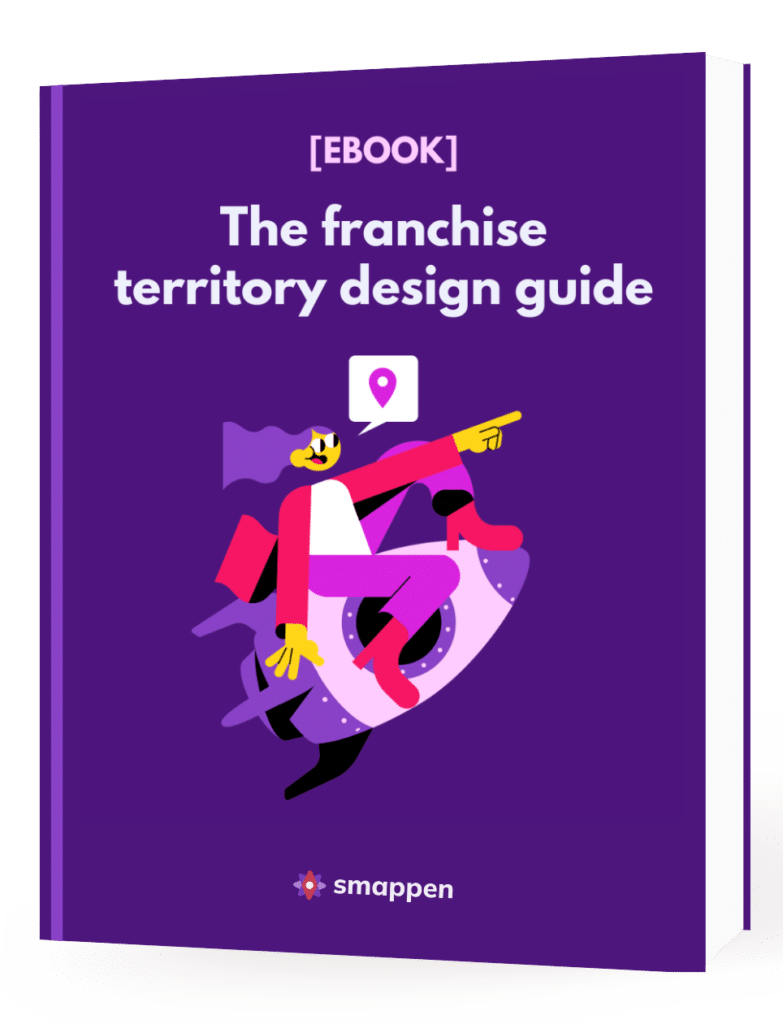Ready for a journey through the dynamic world of mapping software? Buckle up as we explore how this tech magic turns data into visual marvels on the map canvas. From decoding markets to plotting strategies, we’ll unveil the captivating fusion of data and geography that powers modern business wizardry.
In this article, you’ll uncover the secrets of mapping software, discover its diverse applications, and decode the art of making savvy choices. So, grab your virtual compass, and let’s embark on an exploration that will redefine the way you visualize business insights.
What is mapping software?
Mapping software is any platform that processes and analyzes data within the context of a map. You can use mapping software to look up specific locations, compare demographic data to defined areas, and create your own custom maps that display this data.Creating and personalizing a map has lots of uses, such as geocoding, analyzing commercial performance, doing market research, and managing territories (franchise, sales, marketing, etc.). The data can be provided by the platform itself (e.g. demographic data) or can be imported by the user (e.g. CRMs, spreadsheets.
How do businesses use mapping software?
While you can definitely use mapping software in your personal life, it’s really best suited for businesses. Modern businesses rely on a ton of data to stay ahead of the competition, and using mapping software is just one way they can make the best of it. Here are a few ways that’s especially useful.
Market research
Demographic data is often used together with mapping software to research potential markets. Everything from income brackets to education levels and gender can be tied to specific locations to give marketers an edge.
Competitive analysis
This is especially important for large businesses that have competitors with multiple locations. When you’re trying to find every advantage you can, being able to cross-reference publically available data about your competitors with the data provided by mapping software is a huge asset.
Optimizing coverage areas
This is important for sales-driven businesses that have clearly defined territories and service businesses that want to ensure they’re not leaving any money on the table. By using mapping software, you can ensure your service specialists, delivery people, and sales teams cover as much of your target market as possible without too much overlap.
Improving logistics
Mapping software is especially useful for businesses that deal with products or services that depend on a solid logistical network. That’s true whether they’re trying to improve operations for a distribution center or keep construction sites well-supplied.
Location-based marketing
Some marketing efforts use GPS signals from smartphones and other location data to find prospects and put a product in front of them. With mapping software, a marketer can get a better sense of where their target market is and optimize their marketing campaigns.
What are some common features of mapping software?
While some features are obvious — like having some kind of visual map — not all mapping software is created equal. When choosing a platform for your business, here are some common features to look out for.
- The ability to easily draw custom maps.
- A wide breadth of built-in data, from census to points of interest data.
- The ability to import your own data.
- Integrations with other platforms and data sources.
- Collaboration and sharing options.
You might not need all these features, but you should use them to evaluate any mapping software you’re thinking of using.
What data does mapping software use?
Data is essential to mapping software. It’s not just about drawing maps, it’s about combining them with data to make better decisions. Some mapping software will have a ton of data sources to choose from, while others may be more limited. Nevertheless, here are some examples of data you’ll find in mapping software.
- Points of interest
- Census data
- Demographic data
- GPS coordinates
- Addresses
- Property lines
- Administrative boundaries
- Historical data
- Weather data
Depending on how you’re using mapping software, you might not need all this data. In some fields, however, the more data you can work with, the better.
How do you choose your mapping software?
There is a ton of mapping software out there, with each option being best-suited to different uses.
Before choosing a specific platform, you need to ask yourself a few questions to know exactly what you’re looking for:
- What is my need?
- What are the functionalities I need?
- What is my budget?
- How often do I need to use mapping software??
- What mapping skills or knowledge do I have?
- How much time do I have?
So what is the best mapping software?
There is no such thing as the “best mapping software”.
From platforms with a complex interface and a comprehensive array of functionalities (ArcGIS), to a simple, fast, and intuitive mapping tools (smappen), there is such a variety of mapping apps available, that the “best” option will be the one that best fits your needs.
Compare the features you find in each platform with its, price to get the best return on your investment.
Here is a list of common options for mapping software:
- ArcGIS
- BatchGeo
- Maptitude
- MapInfo
- QGis
- smappen
See smappen’s features.

